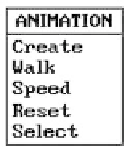Graphics Reference
In-Depth Information
Section 4.7
4.7.1 The full-fledged clipping pipeline
Implement the graphics pipeline described in steps (1)-(6) in Section 4.7. Use the same world
of blocks as in project 4.5.1.
Section 4.9
4.9.1
Implement stereo views of some simple objects like a cube.
Section 4.12
4.12.1
Implement the object reconstruction algorithm as described in Section 4.12 in a
working graphics program like GM and check its accuracy. Let a user input a three-
dimensional point
p
, compute its projection
q
with respect to a known camera, and
compare the value of
p
with the one computed by the reconstruction algorithm from
q
and the camera data.
4.12.2
Implement the camera calibration algorithm as described in Section 4.12 in a working
graphics program like GM and check its accuracy. Let a user input three-dimensional
points
p
i
, compute their projections
q
i
with respect to a known camera, and compare
the given camera data with the one computed by the camera calibration algorithm from
the
p
i
and
q
i
data.
Section 4.13
4.13.1 A walking robot
This project applies some of the mathematical ideas behind the forward kinematics solution
for robots to a three-dimensional animation problem. The idea is to animate a simple robot
figure built out of blocks walking on the xy-plane. See Figure 4.27. The parts of the robot are
a head, torso, two arms, and two legs. The robotics comes into the picture when moving the
arms and legs. Each arm and leg consists of three links that are constrained to planar motion.
Figure 4.28 shows a two-dimensional projection of a leg. The base frame of the figure is that
of the torso. The head is rigidly attached to the torso.
The following menu should be associated to this project
and the items should perform the following tasks when activated:



